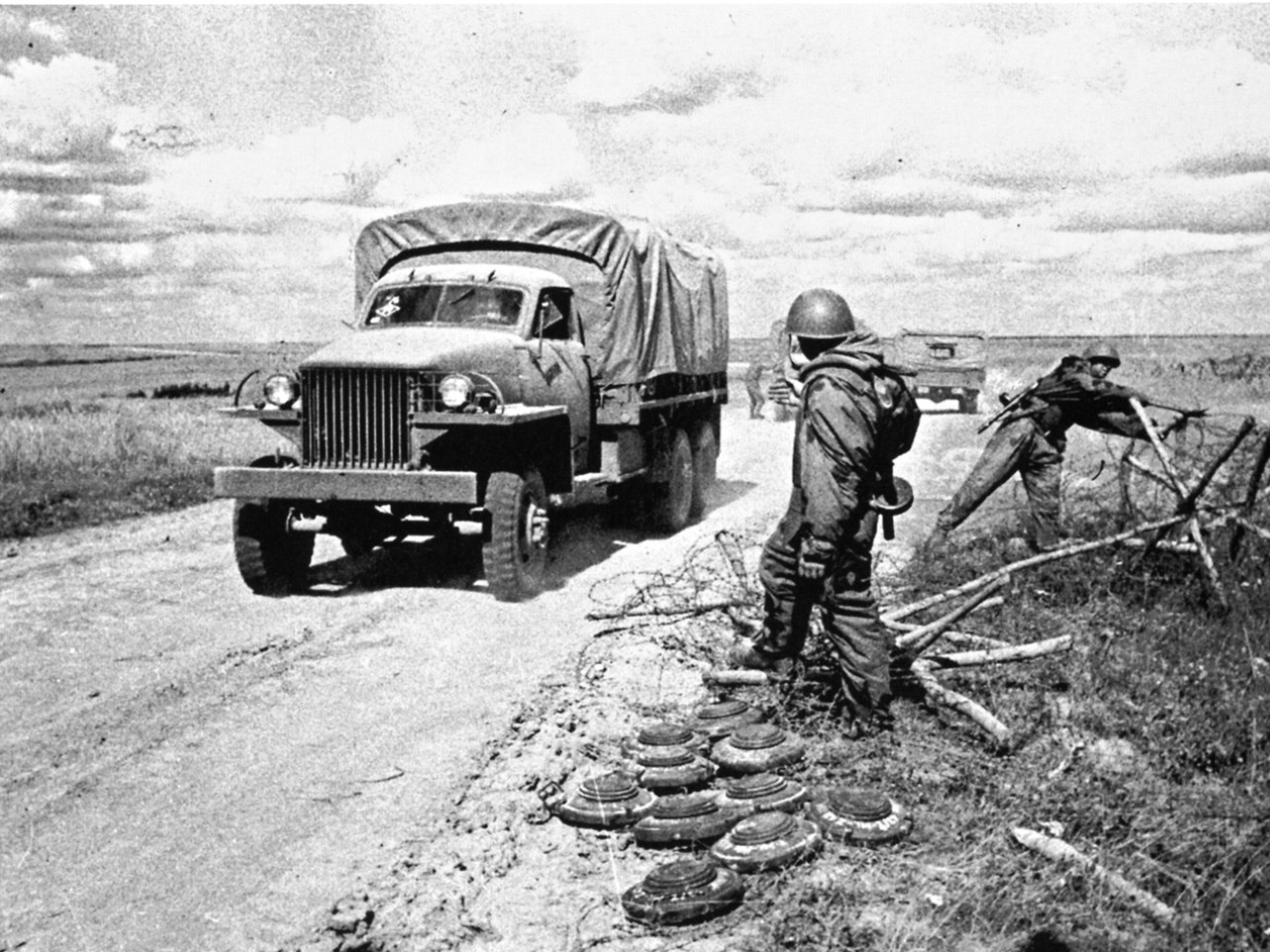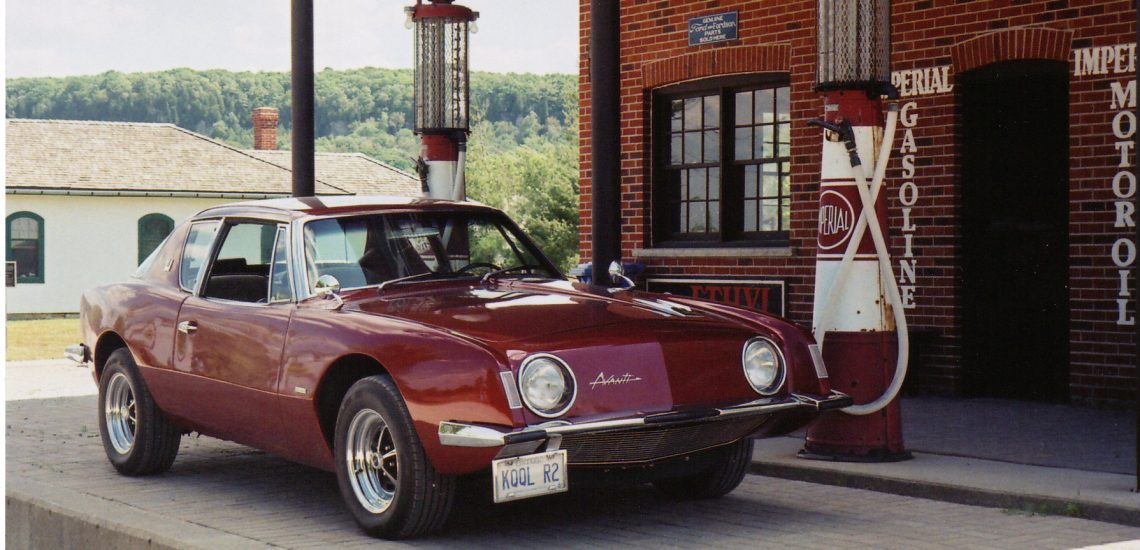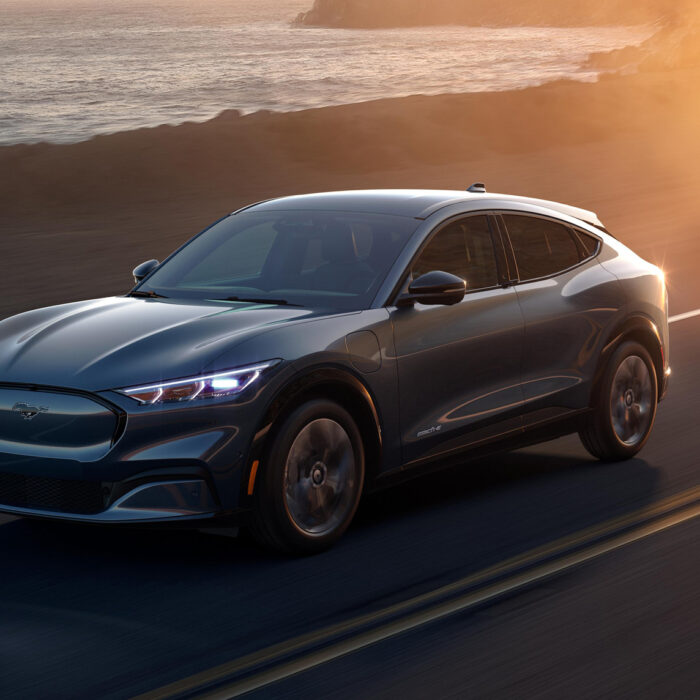Military victories of Studebaker
The Studebaker is a symbol of anti-Hitler coalition’s victory in the Second World War, and this is not an exaggeration. Two hundred thousand of these machines were delivered to the USSR in accordance with the Lend-Lease contracts. The history of using Studebakers in wartime is a separate conversation. Therefore, we decided to highlight in a separate article all the points related to the military contribution of the Studebaker to the history of armament.
The First World War and automotive industry
The increased load capacity and off-road capability of the Studebaker electric truck were in demand in the US armed forces since 1908. Such vehicles were widely used for work in warehouses of naval ports. Their speed was 13 km/h, and the payload was from 750 kg to 5 tons. But even earlier, in 1907, 30-power N sports models were used to deliver urgent messages to army divisions. In 1917, Capt. Arthur Crossman, on a 24-power SF chassis, manufactured high-speed machine-gun carts, which developed a speed of 96 km/h. In 1918, one of the first world’s tanks was manufactured on Studebaker.
When the First World War ended, the firm continued to supply its serial products to the US armed forces. So, large hospitals ordered Studebaker capacious “Metropolitan” sanitary coaches, installed on elongated chassis of passenger cars. Such work was conducted since 1928. In 1933, a special military vehicle, machine-gun armored car T5 to accompany the cavalry (on chassis), was created. In 1939, 90-power Commander cars were used for ambulances.

The contribution of Studebaker to the anti-Hitler coalition’s victory in the Second World War
When the Second World War began, the leadership of Studebaker took up the creation of all-wheel-drive army vehicles. In February 1940, the first army one-and-a-half-tonne truck K15F (4×4) appeared, unified with the civilian K-25 series and equipped with Timken leading axles.
Studebaker concluded a contract with the French government to supply two thousand commercial 2.5-ton K-25s with the 86-horsepower Hercules JXK engine and a five-speed gearbox that differed from the series ones only with a radiator grille.
In 1941, an order for 4724 vehicles of a 2.5-ton version of the K-25S (6×6) was received from the US military, .
Based on the K-25S, Studebaker created its own 2.5-ton truck US6 (6×6) with a flat paramilitary radiator cowl, rectangular front panels and woodmetal body with sun protection roof and folding benches for 16 seats.
The production of the US6 series began in January 1942, and by the end of the year, Studebaker produced 4,000 cars a month. These cars were supplied under the Lend-Lease.
In 1942-1944, the company produced a five-ton 6×6 series, which included side-trucks US6.U7 and US6.U8 with a winch and a short-base semi-trailer truck US6.U6. The US6 trucks weighed 3,670-4,850 kg, had an official gross weight of 8.6 tons, a road clearance of 250 mm, a fuel distance of up to 400 km, reached a speed of 72 km/h and used an average of 38 liters of fuel per 100 km. They were widely used to install various bodies and weapons.

The little-known military vehicles of Studebaker include experienced low-profile vehicles built in 1941-1943 and unified with the US6 family. The most original was the one-and-a-half-ton LC (4×4) version, which was more like a trailer than a car. There were the 109-power engine “Hercules JXD”, and on the left – a fuel tank, a radiator and a tool box. The improvised driver’s cab was created by canvas top with celluloid glass.
Lightweight low-profile LA and LB (6×6) trucks differed in the location of spare wheels and the driver’s seat – next to the engine or in the far left body corner. This increased cargo bed’s space, reduced curb weight and overall height to 1.9 m. The three-ton version of the LD was equipped with a lowered cargo bed and single-tires.
The firm “Studebaker” also manufactured engines for the B17 bombers and the “Weasle” crawler-transporters.
Supplies of Studebakers to the USSR
The Lend-lease policy – the system of transfer by the USA on loan or lease of military equipment and other materiel to allied countries during the Second World War. In November 1941, the US extended the Lend-Lease Act to the USSR.
The Studebaker US6, delivered under the Lend-Lease, was a standard and absolutely ordinary American vehicle, almost unknown in the US and Western European countries, and remained in the second echelon of vehicles during the Second World War. It had a classic layout and traditional design; its carrying capacity on the highway was 5 tons, on the ground – 2.5 tons (in the USSR it was estimated at 4 tons). The car was equipped with a six-cylinder gasoline engine “Hercules JXD” (5243 cm3, 87 hp), a dry single-plate clutch “Brown-Lipe”, a mechanical five-speed transmission “Warner” and a two-speed transfer, a “Timken” independent cardan drive of axles with a split case, rear leaf-equalizing suspension, a two-seater all-metal cabin (since 1943 – open with a soft top), six-voltage electrical equipment and tires, sized 7.50-20. In South Bend, such trucks were produced until the end of 1944.
In the USSR, mine throwers were installed on various platforms, but in April 1943 a unified model of the BM-13 (the Katyusha rocket launcher) on the Studebaker US6 chassis was adopted.
In total, the US supplied about 200 thousand Studebakers to the USSR through Iran, Alaska and Murmansk. Each truck also had a set of spanners and as an overall – a nice waterproof driver’s jacket made of sealskin. The last, by the way, were never given given to ordinary drivers – it was confiscated by intendants.
Unlike Soviet trucks, the “American” had four-wheel drive – on all three axles. In addition to the all-wheel drive US6x6, the Red Army was supplied with US6x4, which had the 6×4 wheel arrangement. But it was difficult to operate the Studebaker. Because of the constant overload, clutch plates and rear-axle tubes were broken. Without cargo, the speed on roadway was about 40 km/h, with cargo – 30 km/h. However, the “studers” were loved in the USSR – for excellent off-road capability and comfort, as well as ease of use.
After the end of the war, some of the vehicles were sent back to the United States in accordance with the Lend-lease agreement. The remaining vehicles were in service of the Soviet Army until 1950, and also participated in the restoration of the USSR national economy.

Those who could get behind the Studebaker’s wheel, had to have a driver’s license. However, this requirement is not an exception today – it doesn’t matter whether you drive a truck or a car. But the national driving license is not enough today, and the international one is issued easily and quickly – on our website. Write us, and we will help you to get this document without needless hassle.






